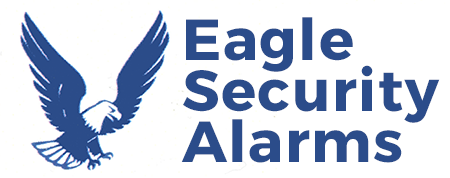4 of the Most Secure Buildings in the World
by

In today’s world, security in all its forms have become paramount for organizations-private or public- and politically/socially/economically important buildings or sites. We basically, want to secure something that is valuable; monetary or non-monetary. It could range from tangible assets to data/information to political figures.
Many of us, who are normal individuals living normal lives, think about making our houses more secure due to the rise in crime rates in our homelands. We think about installing security systems suited to our budget to stay ‘safe’. On the other hand, there are a handful of the most secure buildings in this wide world which most of us aren’t even aware of! These buildings hold immense importance, making them prone to intruders and spies who are in search of some valuable ‘content’.
Below we have mentioned 4 of these buildings/sites which one cannot hope to enter or roam about without consent.
1- Fort Knox, Kentucky, USA
This fort, named in honor of Henry Knox who was the first US Secretary of War is an Army Post of the United States. The fort is next to the United States Bullion Depository, which is known to be the home to America’s official assets of gold. About five thousand tons of gold is said to be kept there, which makes up a few percents of the total mass of gold present on our planet. To increase the security level at the depositary, a vault has been constructed deep below its basement. Moreover, the door at its entrance weighs 250 tons and the entire area is guarded by members of the US military.
2- The Vatican City Secret Archives, Vatican City, Italy
The Archivum Secretum Vaticanum is a sort of a depository where many historically significant religious scrolls, documents, state papers, and other books are securely stored. The ownership of these documents is passed on from one Pope to the next. It is said by people at the Archives that the oldest document at their repository is from the end of the 8th century. Information and documents are usually released publicly after a period of 75 years, however, exceptions can be made by the Pope’s orders.
No more than 60 researchers/scholars are allowed to visit the Vatican, and that too after several steps of approval. Moreover, they can only view and access limited materials stored in the building.
3- Saddam Hussein’s Bunker, Baghdad, Iraq
After disappearing from sight in 2003 following the invasion of Iraq, Saddam Hussein resorted to hiding underground in his bunker which is said to have been built by German engineers. The bunker was about a 100 feet deep under the ground, had two tunnels for emergency exit, Swiss-made doors weighing more than a couple of tons and thick concreted walls and ceilings. It was almost impossible to find Saddam Hussein who had designed the bunker in a way for it to meet his wants and needs.
The robust bunker was able to endure a number of US attacks; including missiles and bunker busters and still stood strong.
4- The White House, Washington, DC, USA
The White House has been the residence to all American presidents since 1800. Along with the President, some other important, key delegates and staff members also reside there. All in all, this house is a place where the most ‘important’ people of the United States are present. The White House Complex, hence, receives immense protection from the U.S Secret Service and the U.S Park Police. It is considered one of the most strictly guarded and protected buildings in the world, with both land and airspace police patrolling around it and guarding it at all times.
Filed under: Alarms & CCTV Systems
Back To News


